Abbaraju Praveen
Aerial Mobile Manipulator System to Enable Dexterous Manipulations with Increased Precision
Oct 19, 2020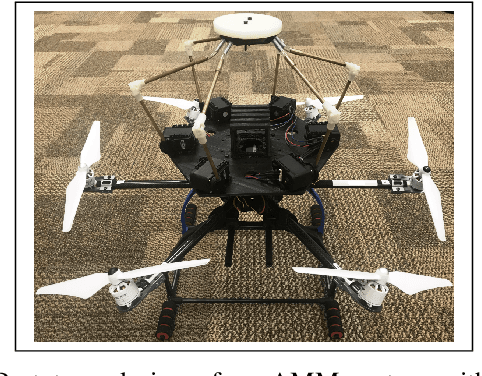
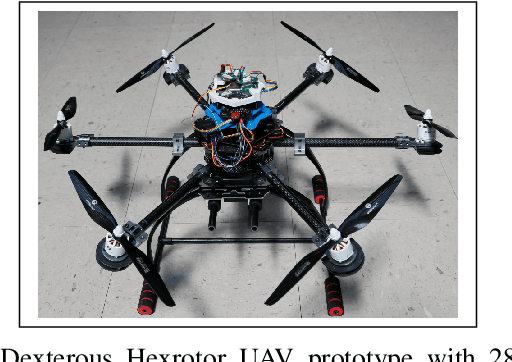
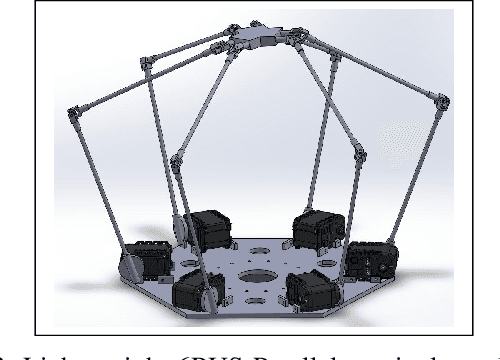
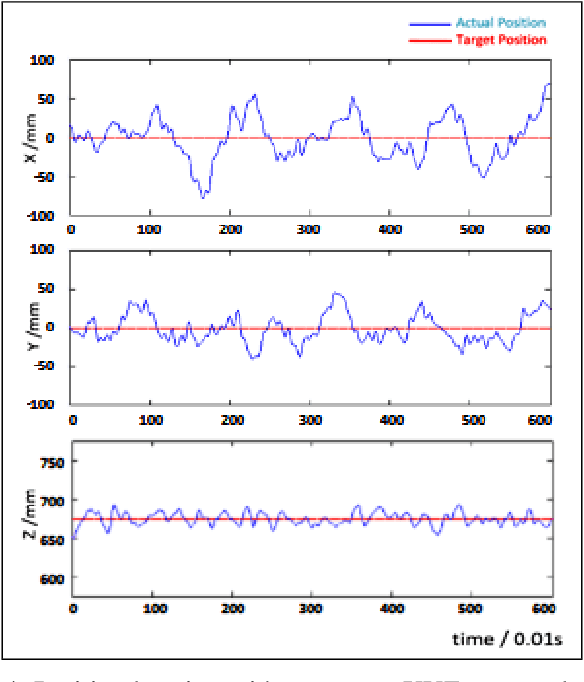
Abstract:Problems associated with physical interactions using aerial mobile manipulators (AMM) are being independently addressed with respect to mobility and manipulability. Multirotor unmanned aerial vehicles (UAV) are a common choice for mobility while on-board manipulators are increasingly be used for manipulability. However, the dynamic coordination between the UAV and on-board manipulator remains a significant obstacle to enable dexterous manipulation with high precision. This paper presents an AMM system configuration to addresses both the mobility and manipulability issues together. A fully-actuated UAV is chosen to achieve dexterous aerial mobile manipulation, but is limited by the actuation range of the UAV. An on-board manipulator is employed to enhance the performance in terms of dexterity and precision at the end-effector. Experimental results on position keeping of the dexterous hexrotor by withstanding the disturbances caused by the motions of the on-board manipulator and external wind disturbances are presented. Preliminary simulation results on end-point tracking in a simple planar on-board manipulator case is presented.
* Accepted and Presented at ICRA 2019 workshop on High Accuracy Mobile Manipulation in Challenging Environments
Inspection-on-the-fly using Hybrid Physical Interaction Control for Aerial Manipulators
Oct 19, 2020

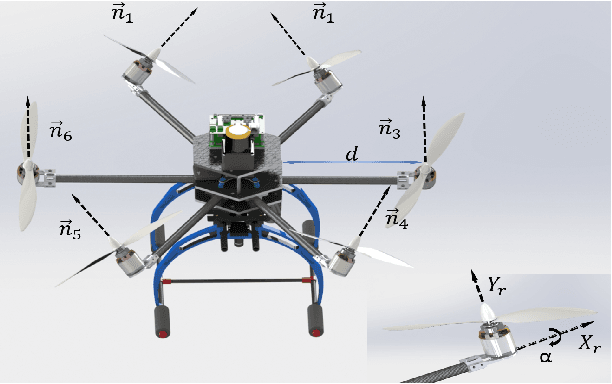

Abstract:Inspection for structural properties (surface stiffness and coefficient of restitution) is crucial for understanding and performing aerial manipulations in unknown environments, with little to no prior knowledge on their state. Inspection-on-the-fly is the uncanny ability of humans to infer states during manipulation, reducing the necessity to perform inspection and manipulation separately. This paper presents an infrastructure for inspection-on-the-fly method for aerial manipulators using hybrid physical interaction control. With the proposed method, structural properties (surface stiffness and coefficient of restitution) can be estimated during physical interactions. A three-stage hybrid physical interaction control paradigm is presented to robustly approach, acquire and impart a desired force signature onto a surface. This is achieved by combining a hybrid force/motion controller with a model-based feed-forward impact control as intermediate phase. The proposed controller ensures a steady transition from unconstrained motion control to constrained force control, while reducing the lag associated with the force control phase. And an underlying Operational Space dynamic configuration manager permits complex, redundant vehicle/arm combinations. Experiments were carried out in a mock-up of a Dept. of Energy exhaust shaft, to show the effectiveness of the inspection-on-the-fly method to determine the structural properties of the target surface and the performance of the hybrid physical interaction controller in reducing the lag associated with force control phase.
* This paper has been accept for IROS 2020 publication
 Add to Chrome
Add to Chrome Add to Firefox
Add to Firefox Add to Edge
Add to Edge